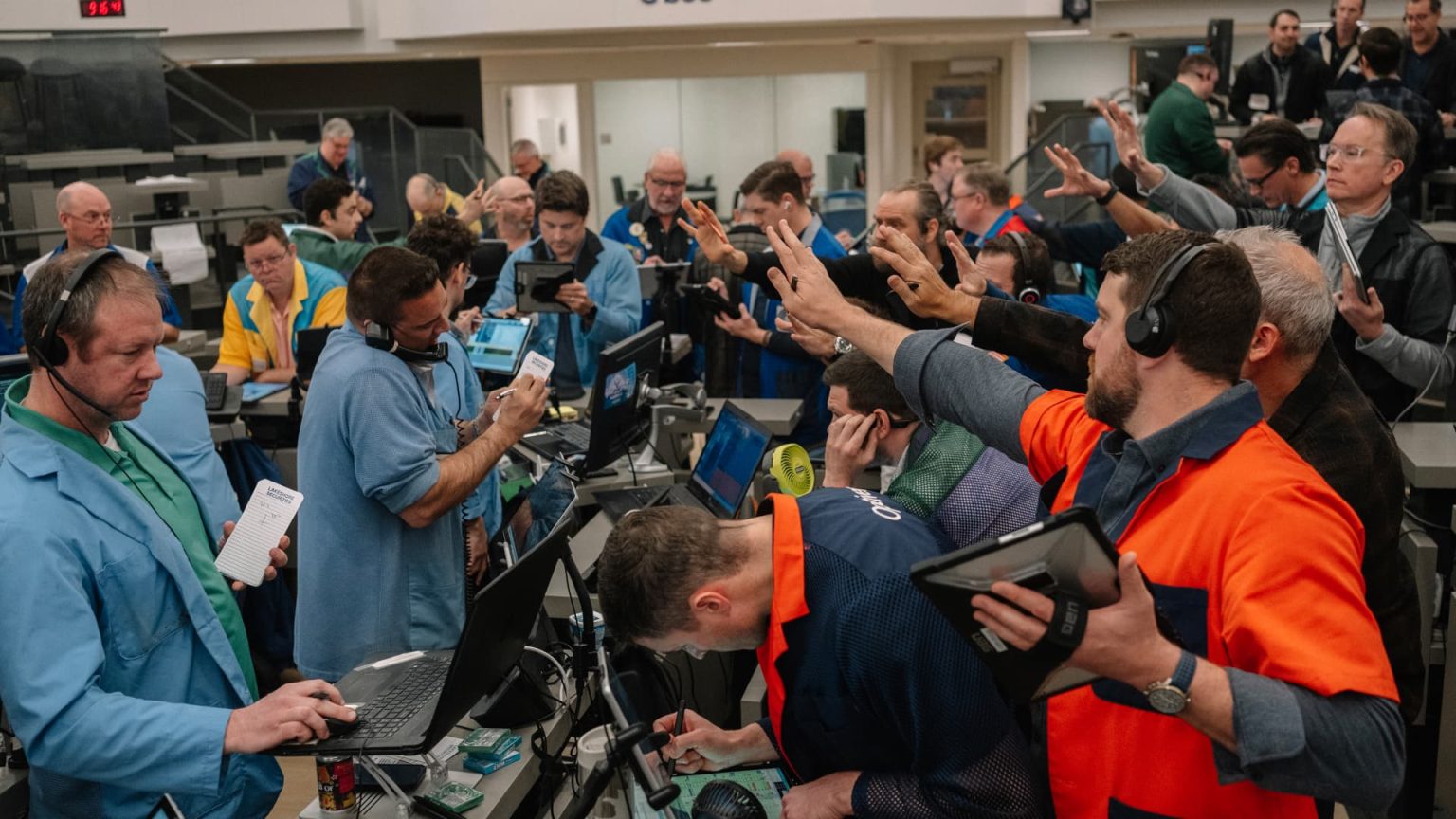In a notable shift within the investment landscape, active management is experiencing a resurgence in the equity exchange-traded fund (ETF) market, challenging the long-term dominance of index funds. Recent data has revealed substantial inflows into actively managed ETFs, indicating a potential transformation that could redefine investor strategies. As the number of newly launched ETFs continues to rise, experts highlight the importance of understanding the evolving dynamics between active and passive investment approaches.
| Article Subheadings |
|---|
| 1) The Active Management Resurgence |
| 2) ETF Market Dynamics |
| 3) The Shift Towards Active ETFs |
| 4) Implications for Investors |
| 5) Future Outlook and Trends |
The Active Management Resurgence
In recent weeks, active management has been making dramatic inroads within the equity ETF market. According to data from ETF Action, the first part of 2025 saw a startling shift where despite an overall outflow of $1 billion from equity ETFs, actively managed ones attracted $3 billion in inflows. This unexpected trend suggests that many investors are now seeking more hands-on investment strategies amid fluctuating market conditions. Notably, the performance of equity ETFs during this trading period has drawn attention to the active management’s potential role in mitigating market volatility.
ETF Market Dynamics
The current landscape of the ETF market is revealing a noteworthy development. Surprisingly, actively managed ETFs have gained traction over traditional index funds. With a record 288 new ETFs introduced this year alone, the total number of active ETFs is edging closer to the number of index ETFs. While active funds still account for only about 10% of the total market assets, they represent more than one-third of the flows from investors in 2025. This transformation in the dynamic is aimed at promoting flexibility and active management strategies that appeal to various investor preferences in today’s volatile economic environment.
The Shift Towards Active ETFs
The rise of active ETFs is accompanied by significant strategic shifts in investor behavior. Investment specialists underscore the importance of identifying genuinely active management approaches among funds, particularly as many newly launched funds are attempting to mimic index funds. Carefully assessing measures like R-squared correlation can provide investors insights into how closely fund performances align with market benchmarks, thereby helping them distinguish between truly active funds and those that fall into a category termed “active by default.” Furthermore, firms like JPMorgan and T. Rowe Price are utilizing bottom-up research methodologies that set their fund offerings apart, making them stand out in the increasingly crowded market.
Implications for Investors
As active management takes center stage, it is paramount for investors to remain grounded and avoid impulsive reactions to short-term market swings. Notably, the flow of investments into active ETFs signals a broader desire for sophisticated strategies that can offer both income generation and protection against market downturns. Experts caution investors to focus on maintaining positions rather than shifting strategies during periods of high volatility. Historical market trends emphasize the significance of staying invested and not letting fear dictate trading decisions, reinforcing the idea that time in the market is often more beneficial than market timing.
Future Outlook and Trends
Looking forward, the trajectory of the ETF market suggests a dual evolution: continued expansion of index funds alongside the rank of active management. The younger demographic of retail investors is anticipated to play a critical role in shaping this landscape, as their propensity for risk-taking and engagement with tools like leveraged ETFs continues to grow. While it remains likely that passive index funds will command the majority of assets within traditional investment strategies, the diversification of offerings—including income-generating and unique risk management strategies—will likely create a more nuanced investment environment moving forward. Consequently, the rise in innovation is poised to play a significant part in determining fund flows and investor preferences.
| No. | Key Points |
|---|---|
| 1 | Active management is experiencing a resurgence in the ETF market, competing with traditional index funds. |
| 2 | An influx of $3 billion into actively managed equity ETFs counteracted $4 billion in withdrawals from index funds. |
| 3 | Index funds continue to dominate in asset holdings, but active ETFs are capturing significant market flows. |
| 4 | Investors are encouraged to focus on long-term strategies and not react impulsively to market volatility. |
| 5 | The younger retail investor demographic is shaping the future of active management strategies. |
Summary
The evolving landscape of ETFs marks a significant moment for investors as the balance shifts toward more actively managed funds in the face of fluctuating market conditions. This resurgence not only highlights a transformation in investment strategies but also emphasizes the importance of a discerning approach when evaluating funds. As the market progresses, it is likely that the integration of innovative investment options will provide fresh opportunities and challenges, compelling investors to adapt and refine their strategies to navigate this dynamic environment.
Frequently Asked Questions
Question: What are actively managed ETFs?
Actively managed ETFs are investment funds that are managed by a team of professionals who make decisions about how to allocate assets in order to outperform a benchmark index.
Question: How does the influx of money into active ETFs affect the market?
The shift towards active ETFs can introduce greater volatility and may lead to more diverse investment strategies, as investors seek to capitalize on unique market opportunities.
Question: Why is it important for investors to stay invested during market volatility?
Staying invested helps investors avoid selling during downturns, which can significantly impact long-term returns, as historical data shows that missing even a few days of market recovery can hurt overall portfolio performance.


